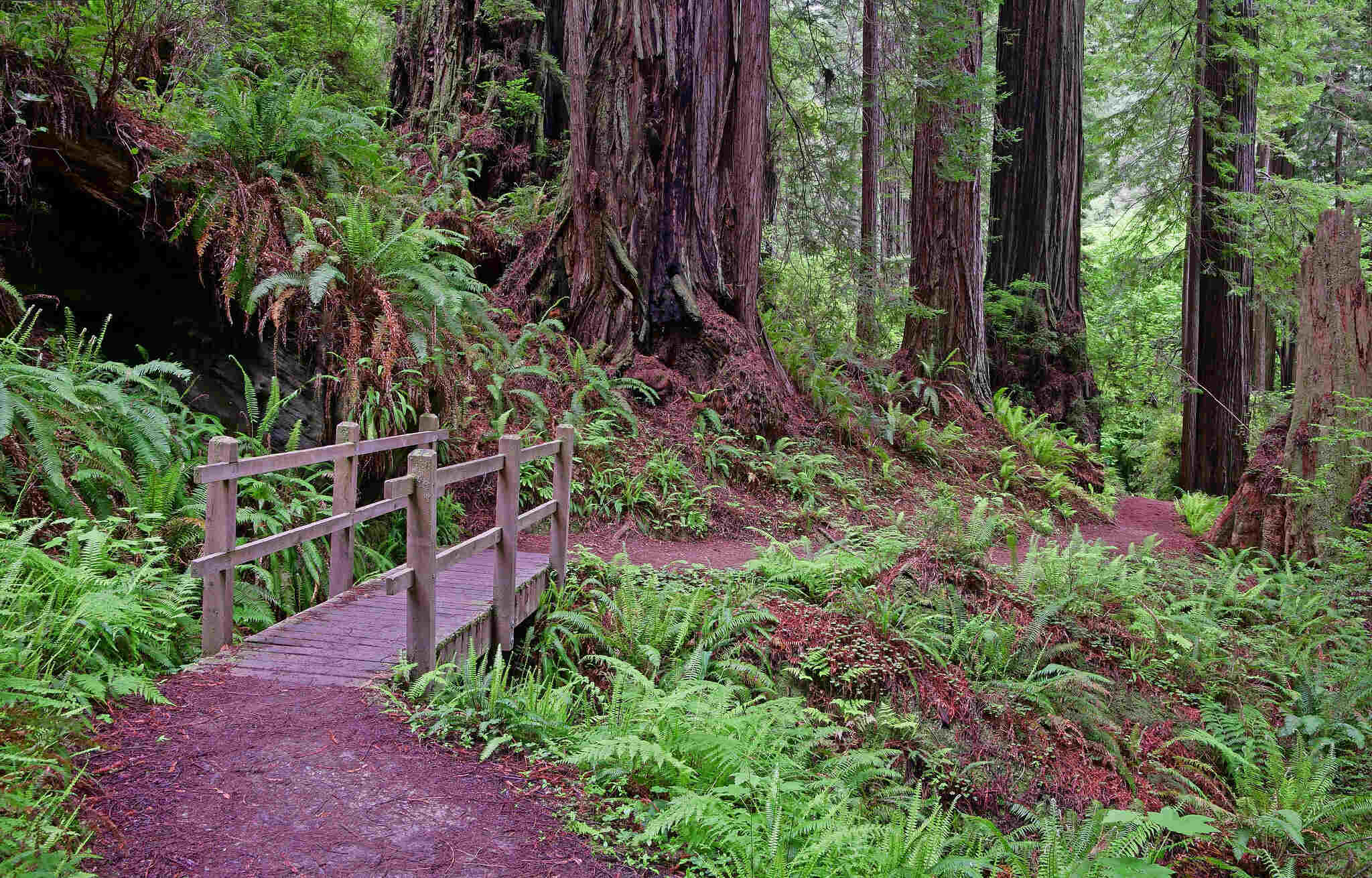Secrets Of Coastal Mountain Lions In California’s Santa Cruz Mountains

Have you ever wondered how coastal mountain lions survive in the Santa Cruz Mountains of California? These majestic creatures navigate rugged terrain, dense forests, and human developments to find food and shelter. Unlike their desert-dwelling cousins, coastal mountain lions face unique challenges like crossing busy highways and avoiding urban areas. They play a crucial role in maintaining the balance of the ecosystem by controlling deer populations. Understanding their behavior and habitat helps in conservation efforts, ensuring these big cats continue to thrive. Join us as we explore the fascinating lives of these elusive predators in one of California's most beautiful regions.
Secrets of Coastal Mountain Lions in California's Santa Cruz Mountains
The Santa Cruz Mountains, a coastal range in California, are home to a fascinating population of mountain lions. These elusive creatures have adapted to a unique environment, offering a glimpse into their secretive lives. Let's uncover some of the best spots to observe and learn about these majestic animals.
1. Big Basin Redwoods State Park
Big Basin Redwoods State Park, California's oldest state park, provides a perfect habitat for mountain lions. The dense redwood forests and rugged terrain offer plenty of cover for these stealthy predators. Visitors can hike the numerous trails, keeping an eye out for signs of mountain lion activity, such as tracks or scat.
2. Henry Cowell Redwoods State Park
Henry Cowell Redwoods State Park, located near Santa Cruz, is another prime location for spotting mountain lions. The park's diverse habitats, including redwood groves, sandhills, and riparian areas, support a healthy population of these big cats. Rangers often provide educational programs about local wildlife, including mountain lions.
3. Wilder Ranch State Park
Wilder Ranch State Park, with its coastal bluffs and inland canyons, offers a unique landscape for mountain lions. The park's extensive trail system allows visitors to explore the varied terrain, increasing the chances of encountering these elusive animals. Early morning or late evening hikes are the best times to spot them.
4. Pescadero Creek County Park
Pescadero Creek County Park, nestled in the heart of the Santa Cruz Mountains, is a lesser-known gem for mountain lion enthusiasts. The park's remote location and dense forests create an ideal environment for these predators. Visitors can hike the secluded trails, always staying alert for signs of mountain lion presence.
5. Castle Rock State Park
Castle Rock State Park, famous for its unique rock formations and sweeping vistas, also serves as a habitat for mountain lions. The park's rugged terrain and dense vegetation provide excellent cover for these stealthy hunters. Hikers can explore the park's trails, keeping an eye out for mountain lion tracks or other signs.
6. Rancho del Oso
Rancho del Oso, the coastal section of Big Basin Redwoods State Park, offers a different perspective on mountain lion habitat. The mix of coastal scrub, grasslands, and redwood forests creates a diverse environment for these predators. Visitors can hike the trails or join guided tours to learn more about the local wildlife.
7. Long Ridge Open Space Preserve
Long Ridge Open Space Preserve, part of the Midpeninsula Regional Open Space District, is another excellent spot for observing mountain lions. The preserve's varied habitats, including grasslands, forests, and chaparral, support a healthy population of these big cats. Hikers can explore the extensive trail network, always being mindful of their surroundings.
8. Monte Bello Open Space Preserve
Monte Bello Open Space Preserve, also managed by the Midpeninsula Regional Open Space District, offers a prime location for mountain lion sightings. The preserve's diverse ecosystems, including oak woodlands, grasslands, and riparian areas, provide ample cover for these elusive animals. Visitors can hike the trails, keeping an eye out for signs of mountain lion activity.
9. Sierra Azul Open Space Preserve
Sierra Azul Open Space Preserve, the largest preserve in the Midpeninsula Regional Open Space District, is a vast and rugged area perfect for mountain lions. The preserve's remote canyons, dense forests, and open grasslands create an ideal habitat for these predators. Hikers can explore the extensive trail system, always staying vigilant for signs of mountain lions.
10. El Corte de Madera Creek Open Space Preserve
El Corte de Madera Creek Open Space Preserve, with its dense forests and steep canyons, offers a challenging yet rewarding environment for mountain lion enthusiasts. The preserve's rugged terrain provides excellent cover for these stealthy hunters. Visitors can hike the trails, keeping an eye out for tracks or other signs of mountain lion presence.
The Hidden Lives of Coastal Mountain Lions
Mountain lions in California's Santa Cruz Mountains lead fascinating lives. These big cats navigate rugged terrain, hunt for food, and avoid humans. Their presence helps maintain the balance of the ecosystem by controlling deer populations.
Conservation efforts are crucial. Protecting their habitats ensures these majestic creatures continue to thrive. Researchers use tracking collars to study their movements, providing valuable data for conservation strategies.
Public awareness is also key. Understanding the importance of mountain lions can foster coexistence. Simple actions like securing trash and respecting wildlife corridors make a big difference.
Mountain lions are vital to the health of the Santa Cruz Mountains. By learning about and protecting them, we help preserve the natural beauty and balance of this unique region.

